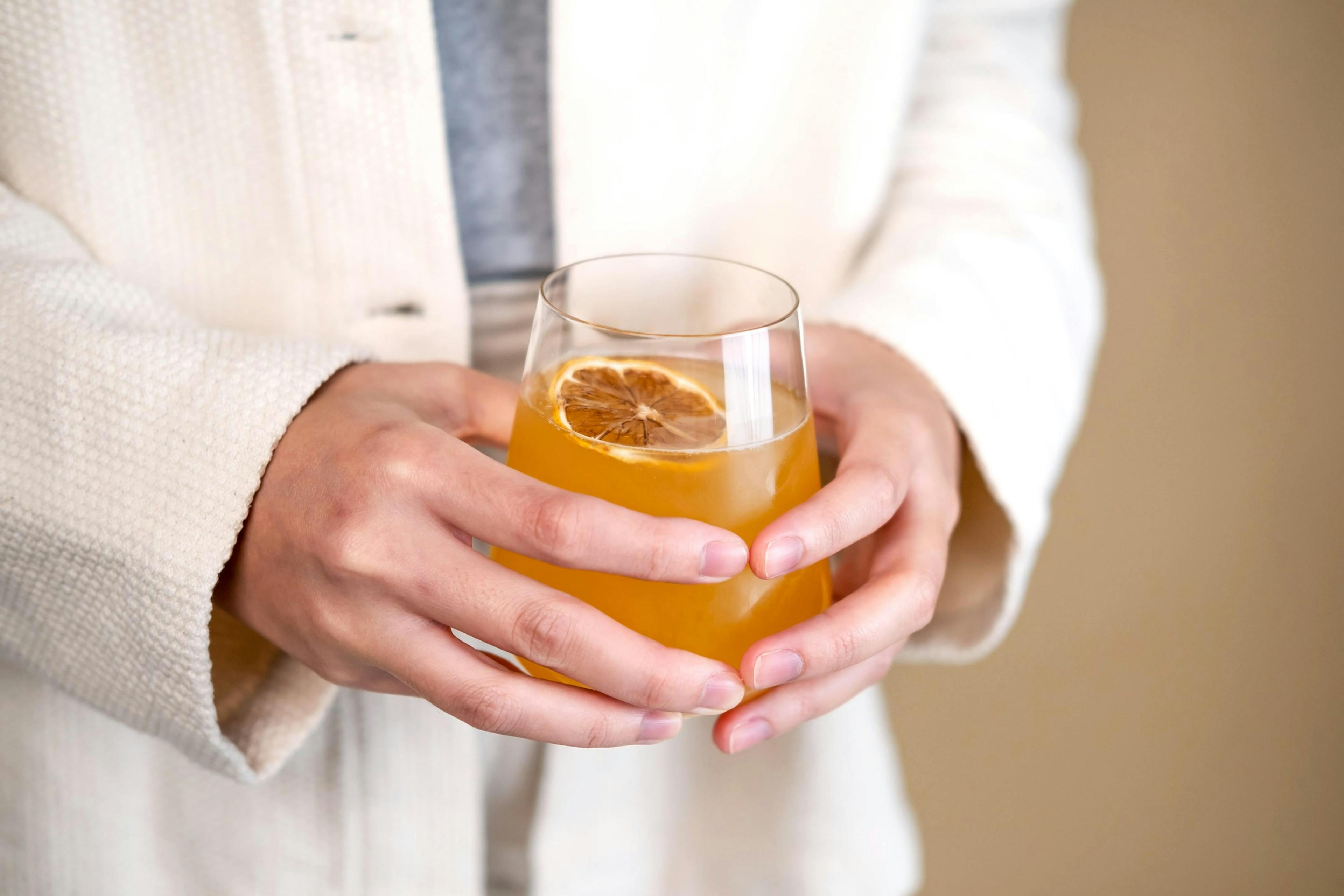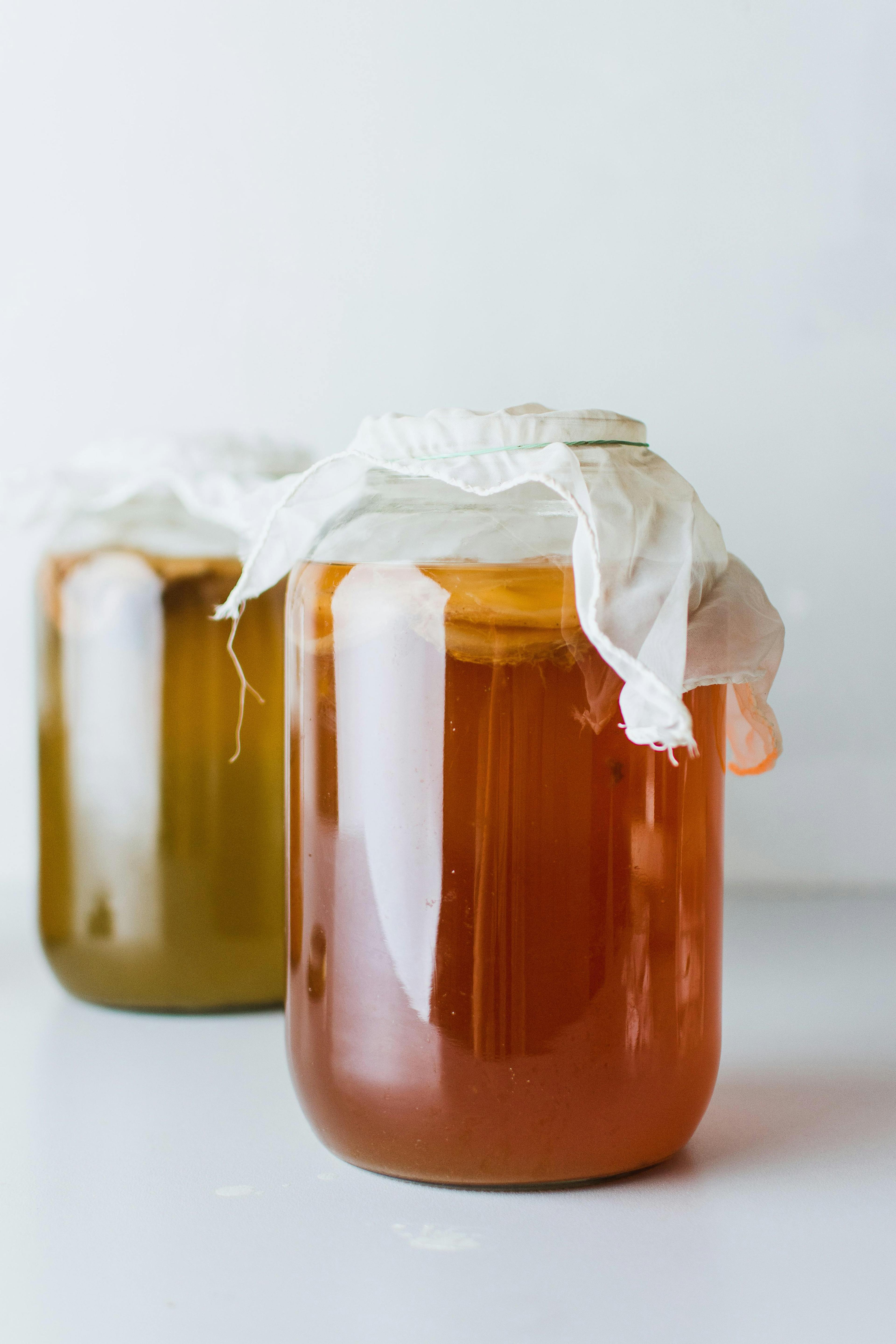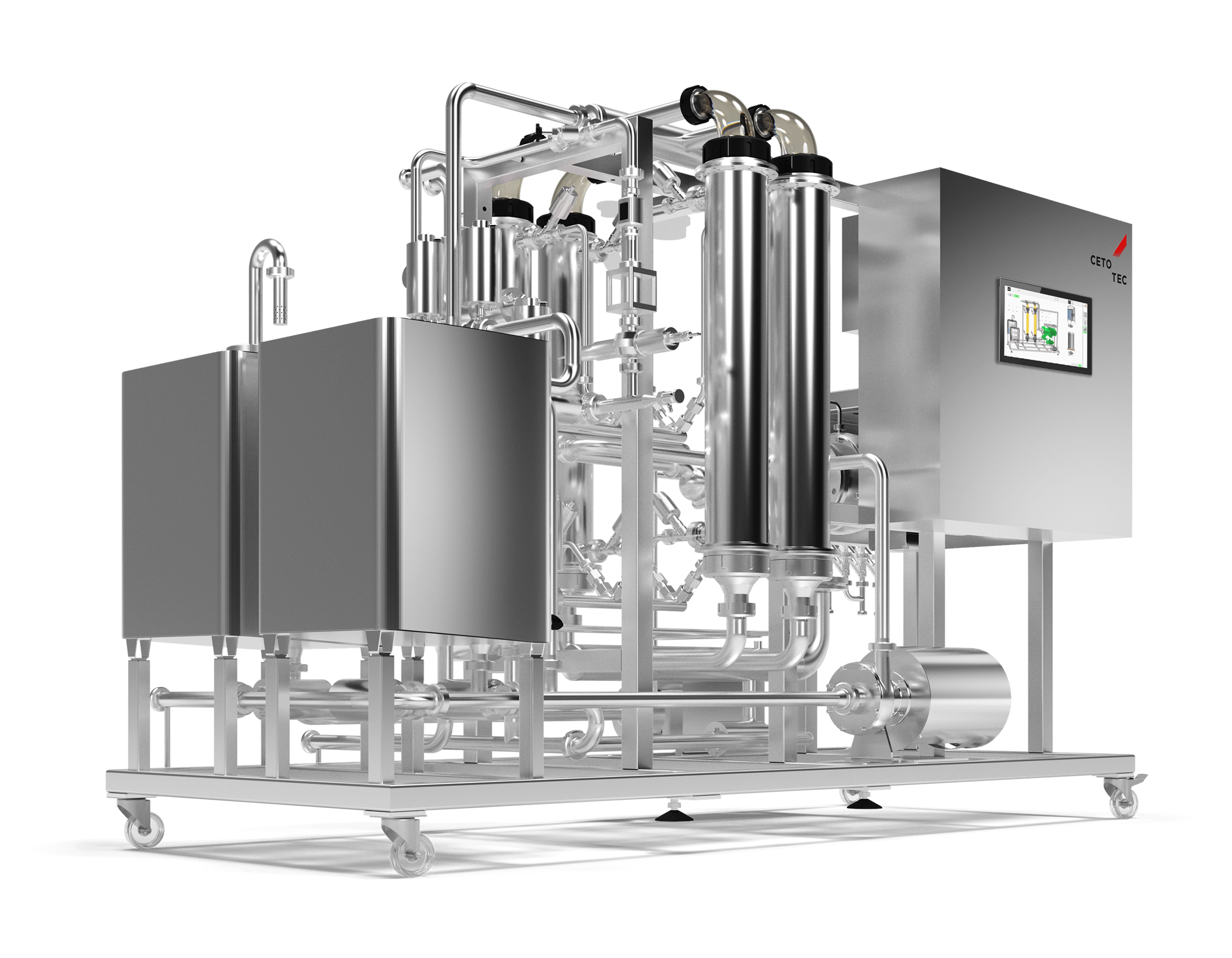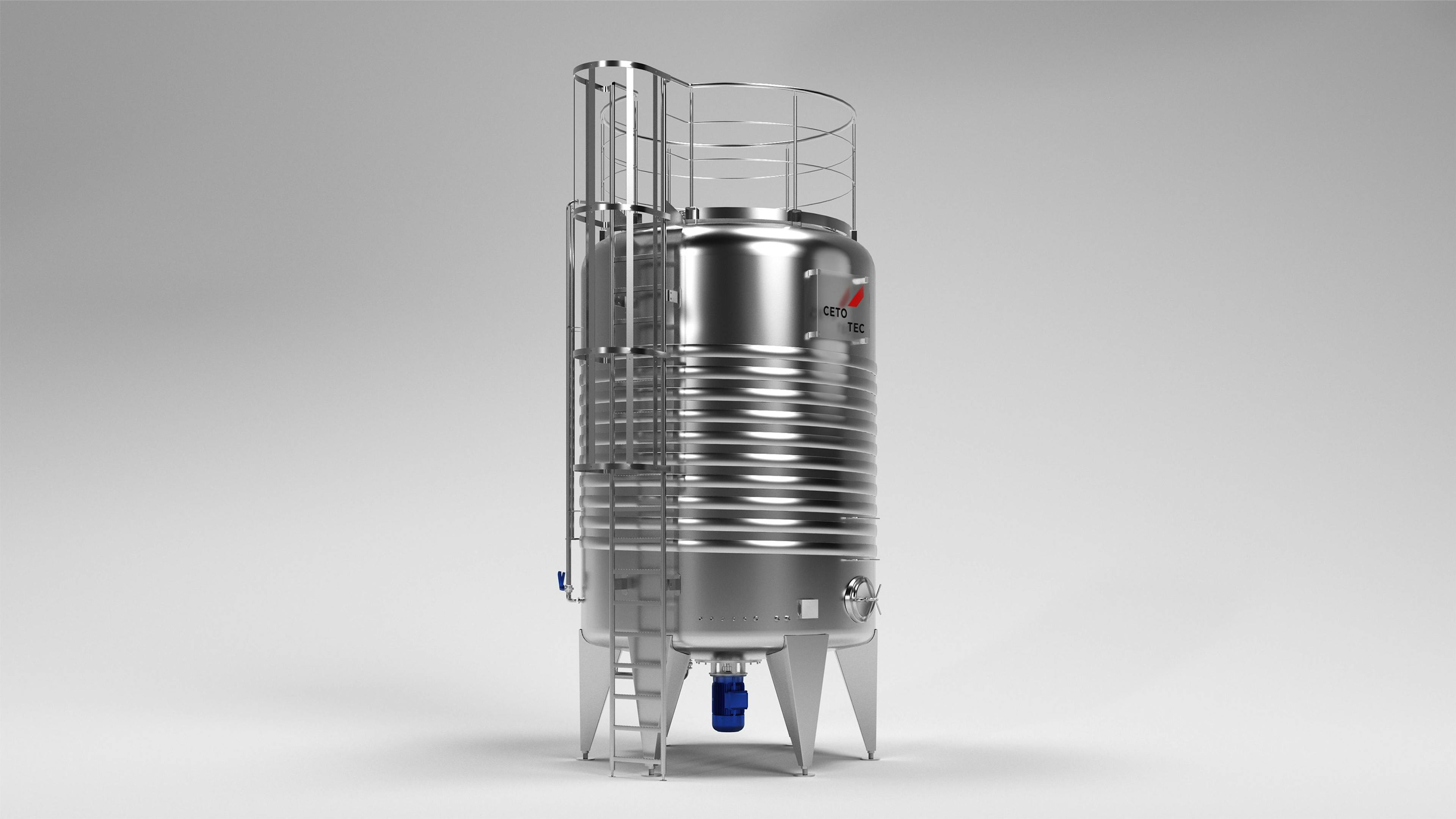
Kombucha Technology
pron: kom-boo-cha is fermented tea. The traditional method of making kombucha involves a natural fermentation of sweet tea, wild bacteria and yeasts.
About / History
The result is a tasty drink with sweet and sour flavours that contains living cultures, organic acids, vitamins, and amino acids which are associated with well-being.
First record of Kombucha comes from China in 221 BC during the Tsin Dynasty where it was known as the “Tea of Immortality”.
Kombucha now enjoys increasing popularity worldwide, along with other so called ‘probiotic drinks’ and is sold in supermarkets and organic stores all around the globe.

Microbiology of Kombucha
- A microbial community is added to the tea.
- This community is usually a slimy blob that goes by many names: mother, SCOBY (for symbiotic community of bacteria and yeast), and pellicle
- This microbial community is a perfect example of a dense microbial biofilm, fused together by substances that the microbes secrete. In this case, it’s cellulose that is produced by the bacteria
- The microorganism used in the production of Kombucha are yeast cells and different acetic acid bacteria (Acetobacter and Gluconobacter strains)

Kombucha related products
Fermenter Sizes for Kombucha Production
Fermenter | Fermentation | Total Volume | Diameter | Tank Height |
| Type [l] | Volume [l] | [l] | [mm] | [mm] |
| KSF6 | 6 | 10 | 200 | 570 |
| KSF300 | 300 | 430 | 640 | 1.840 |
| KSF600 | 600 | 860 | 850 | 2.000 |
| KSF1000 | 1.000 | 1.440 | 1.050 | 2.200 |
| KF30 | 3.000 | 3.500 | 1.500 | 3.100-3.600 |
| KF90 | 9.000 | 10.400 | 2.150 | 4.000-4.900 |
| KF120 | 12.000 | 13.800 | 2.400 | 4.200-5.000 |
| KF200 | 20.000 | 23.000 | 2.800 | 5.000-6.200 |
| KF400 | 40.000 | 46.000 | 3.550 | 6.100-8.400 |
How we work

Our products
CETOTEC GmbH
Zilzkreuz 23
53604 Bad Honnef
Germany
Phone: +49 2224 9000 00
Mail: info@cetotec.com
